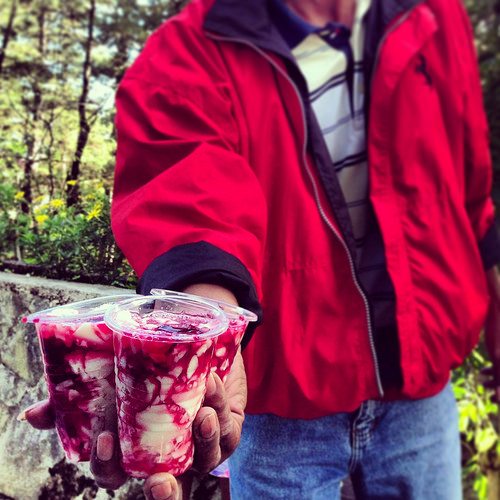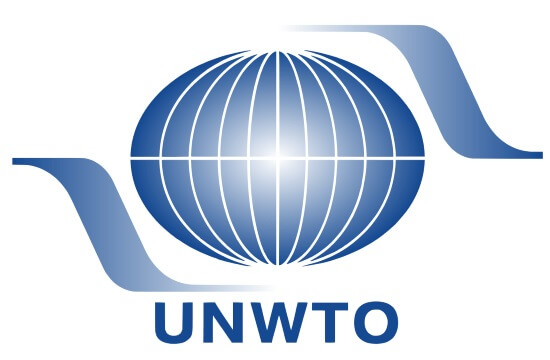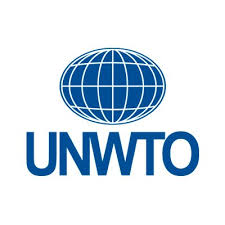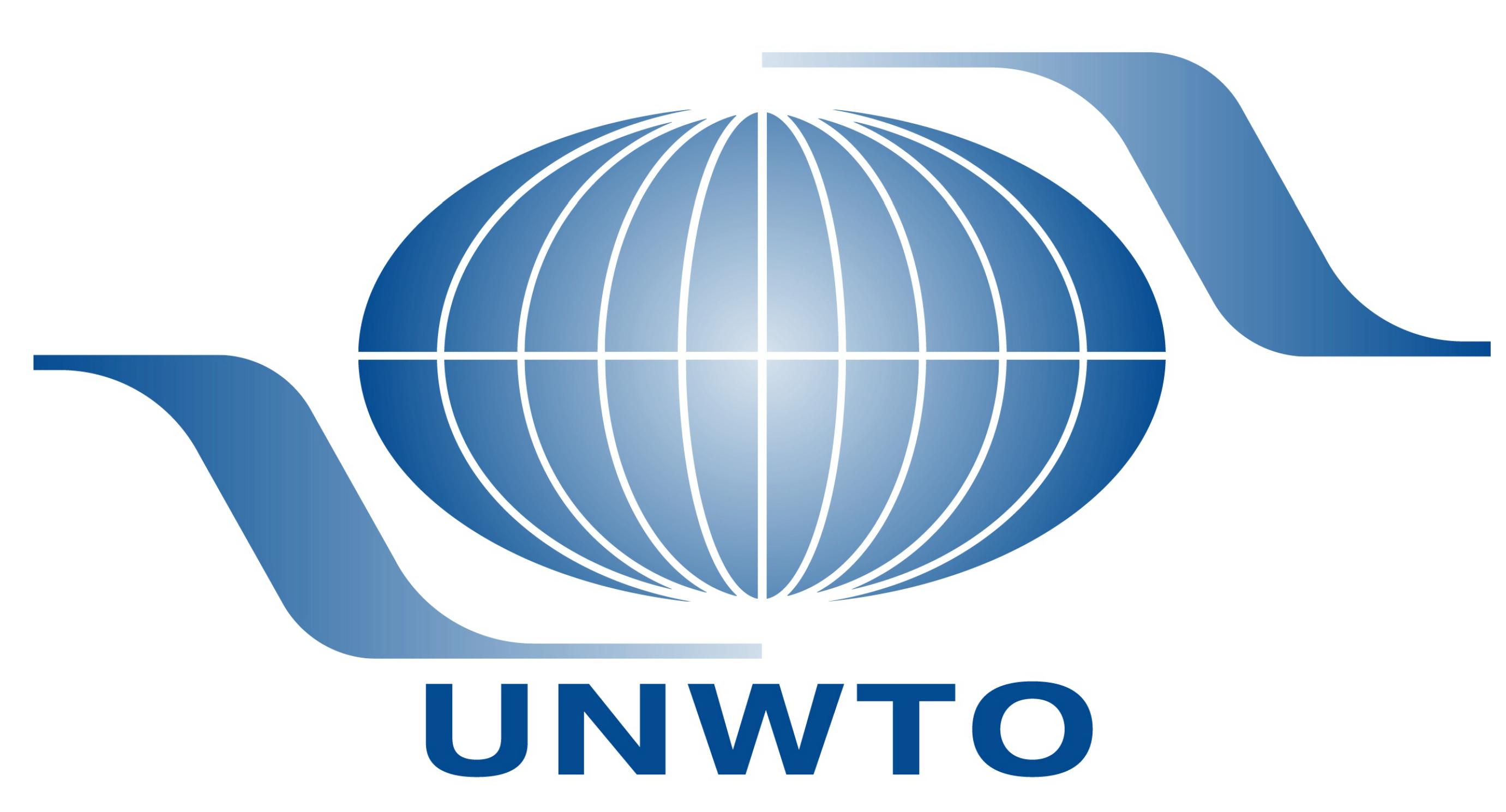
Tourism stats at the basic level in the Philippines
By Dean M. Bernardo, eTN Manila.
As delegates from 60 different countries gather in the Philippine capital of Manila for the 3-day 6th UNWTO International Conference on Tourism Statistics being held from June 21-24, 2017, how does an everyday Filipino worker in the tourism sector see the importance of statistics?
In the mountain resort town of Baguio, 250 kilometers (155.3 miles) north of Manila, tourism workers have a very simple perspective on figures to determine if every day is good for business.
Baguio was built in the early 20th century by American forces during the commonwealth period of the Philippines as a respite for its nationals during the hot and humid months from March to June. The city was built from the various log cabins under the soothing scent of thousands of pine trees with average dry temperatures of 22 degrees Celsius (or 72 Fahrenheit). In the later years, the city has been dubbed as the “Summer Capital” of the Philippines, as most Filipinos drive to the mountain roads to chill and relax.
Countless numbers of foreign and domestic tourists ascend to Baguio regularly, and this generates millions of dollars in revenue for the city and its more than 320,000 residents (as of 2010).
Nowadays, the city hosts thousands of young Koreans who stay for a longer period, availing themselves of learning the English language and other advanced studies offered in Baguio. Koreans now account for being the largest non-Filipino ethnic group in the city.
In the case of Steve, a 27-year-old sweetened tofu vendor who hails from the province of Pampanga in the low lands, Baguio gave him work opportunities when he had not found any in his hometown of Mexico or in Metro Manila.
At 19, after dropping out of school, he joined a friend to work as a mason’s apprentice in Baguio, where he later built his own family after meeting his current domestic partner in the city.
Nowadays, he earns a daily living selling strawberry-flavored sweetened tofu, locally called “taho,” to domestic and foreign tourists. Steve said, “Foreigners, especially Japanese and Koreans, love to buy taho for its unique taste.”
He said that there are good days when he finishes selling early, and there are days when he comes home with left-overs.
His livelihood is dependent on the number of tourists who flock to the city, and while he does not count how many usually come on any given day, it is important for him that they keep coming, because as long as tourists continue to visit, he will continue to make his living selling “taho.”




